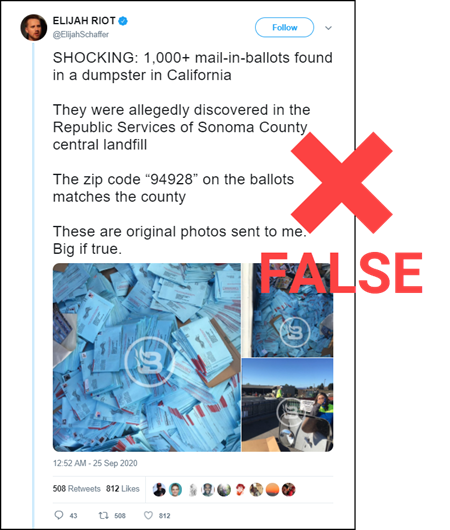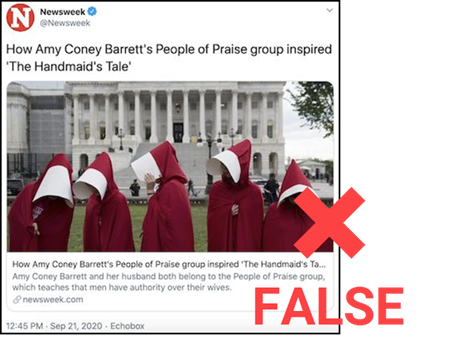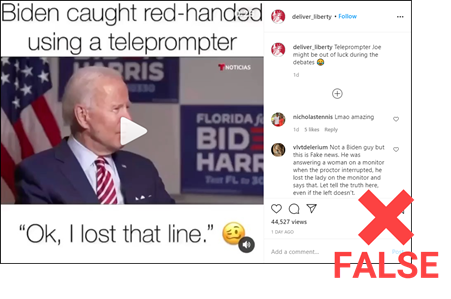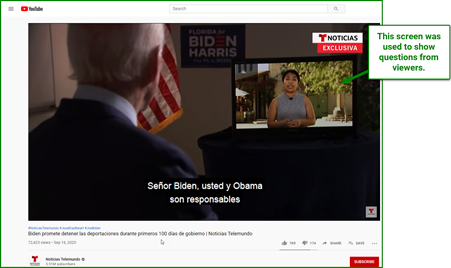|
★ NewsLit Picks
Hannah: “What To Do If Your Family Or Friend Shares Misinformation On Facebook” (Brittany Wong, HuffPost).
Stepping into the role of fact-checker when it comes to friends and family on Facebook can be tricky, but it’s a scenario worth prepping for as more falsehoods spread online. According to the experts cited in this article, the tone and method of your response — public comment versus private message — are key considerations. They also recommend avoiding “gotcha” moments, finding common ground and doing your homework before setting the record straight.
Peter: “Editorial: An examination of The Times’ failures on race, our apology and a path forward” (The Times Editorial Board, Los Angeles Times).
The Los Angeles Times' editorial board on Sunday published a “self-examination” and a broad apology for what it described as the paper’s “history of racism” and its inadequate coverage of communities of color. The editorial said The Times has at best displayed a blind spot and “at worst an outright hostility” to the city’s nonwhite population. The problem, according to the editorial, is “both rooted and reflected in a shortage of Indigenous, Black, Latino, Asian and other people of color” in the newsroom. The piece is part of a larger project at the paper to examine its “treatment of people of color — outside and inside the newsroom — throughout [its] nearly 139-year history.” The project was also prompted by a recent national reckoning on systemic racism.
Note: This tweet thread from L.A. Times reporter Esmeralda Bermudez highlights the lack of Latinos in leadership positions at the paper.
Suzannah: “Maria Ressa Says Disinformation Is More Insidious Than We Think” (Gregory Barber, Wired).
Let me disclose up front that I am a Maria Ressa superfan. Ressa, the CEO and executive editor of Rappler, an independent news website in the Philippines, has been in the crosshairs of the Rodrigo Duterte administration. She was convicted of cyber libel — a ruling viewed as a politically-motivated effort to curtail journalism — and faces possible imprisonment. Still, Ressa continues to be a brave, tireless crusader for democracy and the truth, and serves as a worldwide symbol of press freedoms. This article details Ressa’s views about Facebook and the need for the company to do more to combat falsehoods, while also touching on her approach toward embracing her fear.
Related: “Maria Ressa: Facebook is ‘biased against facts’” (Brian Stelter, CNN’s Reliable Sources).
Note: Ressa is a member of the Real Facebook Oversight Board, a new watchdog group.
Another note: Rappler is a Facebook fact-checking partner. In an interview with Wired’s Steven Levy about his book, Facebook: The Inside Story, Ressa said, “We work very closely with Facebook and I keep saying we're frenemies.”
|






